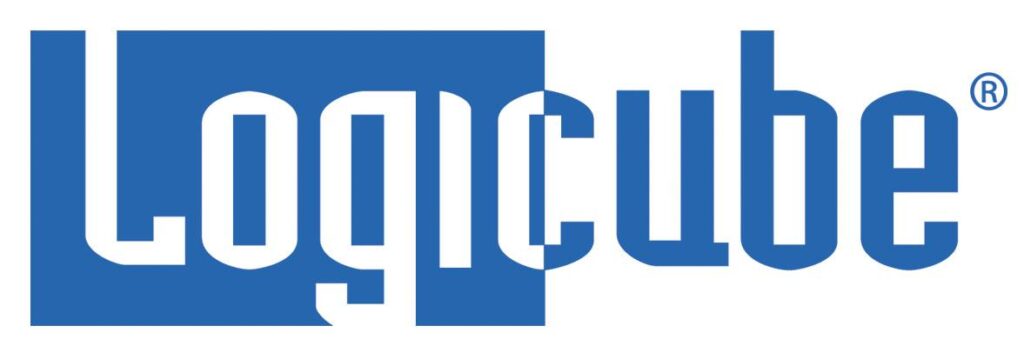We wrote last week about the decision of chip-maker ARM to buy the small(ish) Finnish software maker Sensinode Oy, which has become a big player in the market for software that runs low power devices like embedded sensors. The deal makes sense at the 100,000 foot level – ARM makes chips that power embedded devices, Sensinode makes the software that is powered by them. Perfect. But the deal actually works at a bunch of different levels, as I learned from a conversation with Michael Koster, the co-founder and lead architect at the group The Open Source Internet of Things (OSIOT). Koster is an authority on The Internet of Things and has helped create open-source toolkits and APIs that promote interaction among intelligent devices. Koster said that ARM’s purchase of Sensinode is as much about both firms’ investment in emerging IoT standards for low-powered, intelligent devices like Constrained Application Protocol (CoAP) […]
Search Results for "standards"
What Is The NSA’s Big Crypto Breakthrough?
The revelations about US government spying keep coming fast and furious, thanks to Edward Snowden, the former Booz Allen Hamilton contractor who absconded with reams of classified (and highly classified) documents from the National Security Agency. The latest details come courtesy of The Washington Post which on Thursday published documents detailing the so-called “Black Budget” – government spending on its intelligence services including the CIA and NSA – over the last nine years, including the $52 billion spent in 2013. The documents give the most detailed accounting to date on U.S. government spending on intelligence in the post September 11 world and contain quite a few surprises. Among them: proof that the CIA receives far more money than does the NSA. But it is Uncle Sam’s work on cryptanalysis that has attracted a lot of attention from computer security and privacy experts. First, the Black Budget reveals that the NSA […]
ARM Buys Software Maker Sensinode To Spur IoT Development
We have noted before how the lack of cross-industry standards (including those governing security) is a major stumbling block to the Internet of Things. This is especially true in the enterprise space, where the security of data that might be passed between Internet-connected devices is paramount, but not well addressed by the current generation of (PC-centric) security products. As with so much in the fast-emerging Internet of Things, change on this score will come from unlikely places, as we see with the news today about ARM acquiring the Finnish software maker Sensinode Oy – a major player in the market for software to power connected devices. The news, which was announced on Tuesday, will join ARM – a leading maker of chips that power mobile devices – with Sensinode, which has pioneered software and software standards for low-power devices used in everything from mobile phones and tablets to wearable computing. Following […]
The Stylish Sensor: Canary Poised To Take Flight
We’re still in the early days of the fast-emerging Internet of Things, but we can already identify some areas where inexpensive, remote sensors and other IP-enabled stuff will be transformative. Entertainment is one – and we’re already seeing the emergence of “smart TVs” that upset traditional boundaries between personal computing devices and viewing devices. Another market that’s being shaken is the one for home security systems. Anyone who has visited an electronics store or discount warehouse has seen packages of inexpensive, wi-fi enabled cameras that can be used to monitor the goings-on in and about your home “Scarface style.” Those DIY systems pose a threat to firms like ADT, GE and Tyco, which have been selling home security systems and monitoring services for decades. But you’re really setting the “paranoia” bar pretty high if you want to ask someone to install all those cameras, wire them up and then monitor […]
NIST Cyber Security Draft Framework Puts Execs In Driver’s Seat
The U.S. government’s federal technology agency has published a draft version of a voluntary framework it hopes will guide the private sector in reducing the risk of cyber attacks on critical infrastructure. The National Institute of Standards and Technology (NIST) published a draft of its Preliminary Framework to Reduce Cyber Risks to Critical Infrastructure on Monday. The document provides a guide for critical infrastructure owners of different maturity levels to begin documenting and understanding their risk of cyber attack, and – eventually – to measure their performance in areas such as asset management, threat detection and incident response. The framework was called for by Executive Order 13636, signed by President Obama in February. In that order, NIST was charged with creating a framework for sharing cyber security threat information and information on successful approaches to reduce risks to critical infrastructure. The Framework is comprised of five major cybersecurity functions: Know […]






